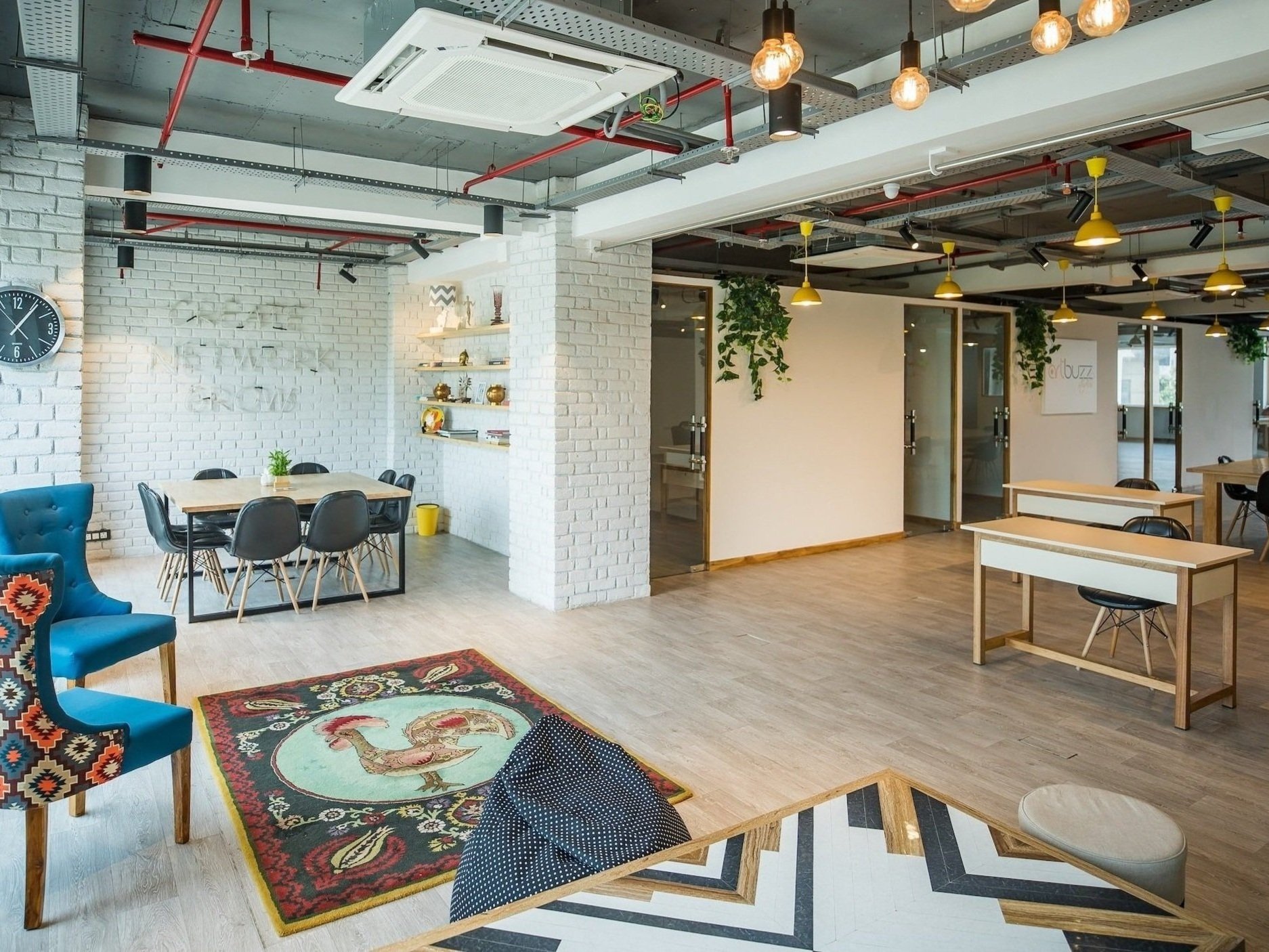The Many Faces of Hybrid and the Variable Policy
Variable Hybrid Policy
A new concept of “return to work” that is gaining popularity, one that adapts to the workflow throughout the year.
Over the last two years, there have been many discussions around what the “return to office” will look like for each company. As companies have begun their return, it has been interesting to see how many variations of this concept exist. From full remote to full return and everything in between, organizations worldwide state a position, and then modify it as they learn from their staff. To be successful, each company must base that policy on its culture or risk misalignment.
A new concept of a variable hybrid policy has been gaining in popularity, one that adapts to the workflow throughout the year. Imagine a financial institution that works remotely for most of the year but functions in-person during each quarterly reporting cycle; when in-person matters most, you work with your team. This might mean that you work in the office four months a year (1/3) and remotely the rest. For software developers, this might mean that teams work together for a week to generate ideas and then remotely for the following two weeks to code what they discussed. This would allow teams to meet in meaningful ways which would improve the office experience for everyone.
What does a variable policy mean for real estate?
A variable policy could impact your office in three ways: overall square footage, layout, and culture:
Square Footage
In a variable situation, you will likely be able to reduce your overall footprint, but that will not always be true. Square footage needs will depend on your density and layout pre-pandemic and the type of work you do. Tech companies that are dense with row after row of desks (#seaofsadness) will be able to reduce desk count by replacing that space with larger team-based layouts. Team-based layouts will consist of a handful of desks, digital whiteboards, phone booths for the quick zoom call, and a small huddle to connect with remote team members. The quantity of these layouts will be determined by overall headcount and workflow, and the time between sprints and an overlay of the teams needing the space will determine its required square footage.
Layout
Depending on your business type (financial, creative, sales, etc.), the layout could change a lot or little. Financial services translate to remote easily as employees often work individually with clients via phone or video. The office space they may want would be centered around training, customer gatherings, business planning, and quarterly announcements/gatherings. Previously, the single financial building downtown might sit empty in this new normal. Now, financial offices might look at neighborhood locations close to their teams, multi-purpose spaces for training/events, and a series of team rooms where financial results could be shared, teams could ideate, and financial results produced.
Creativity Feeds Creativity
A creative office would primarily include several spaces for project teams to work together and feed off one another. Creatives would gather more regularly but with intentionality. Creativity feeds creativity, so the spaces should reflect the gathering of teams but still allow for spaces for quiet individual work when needed. In a creative office, it would be important to design for and encourage casual collisions so that ideas could be shared amongst teams and disciplines. That could take the form of large landings with furniture on stairs, office kitchens surrounded by social space, and outdoor decks encouraging employees to gather in groups (like a campsite firepit).
Culture
This is the big one – nothing else matters if you don’t get this part right.
All workplace policies must align with company culture, or you will frustrate your employees, and office space will not be utilized as intended. Quick example – we worked with a company pre-pandemic that wanted to add several collaboration spaces throughout the office to encourage teams to get out of their desk and share ideas. Several were added and beautifully designed to work for teams; both open and closed rooms, scattered throughout the office, well lit, acoustically separated, etc. Everything you would want, and they never got used. We observed and interviewed the staff and learned that people didn’t want to leave their desks because if they did, their supervisors assumed they were “not working.” The office culture didn’t align with the design of the space.
Company Culture, Policies and Space Must Be Aligned
Suppose you want a variable policy and the associated changes to the workplace to be successful. In that case, you need to ensure your company culture, policies, and space are all aligned. If they are, they can do more than align; they can multiply the intended effect and take your team to new heights.
There has never been a better time to make changes that align with where you want your company to be going. Changes empower teams to work together in meaningful ways and with more choice/flexibility. These are good discussions to have with your design partners, HR, and company leadership. It is essential to see this as an opportunity and not as overwhelming or negative – in most cases, this is a significant step forward.




